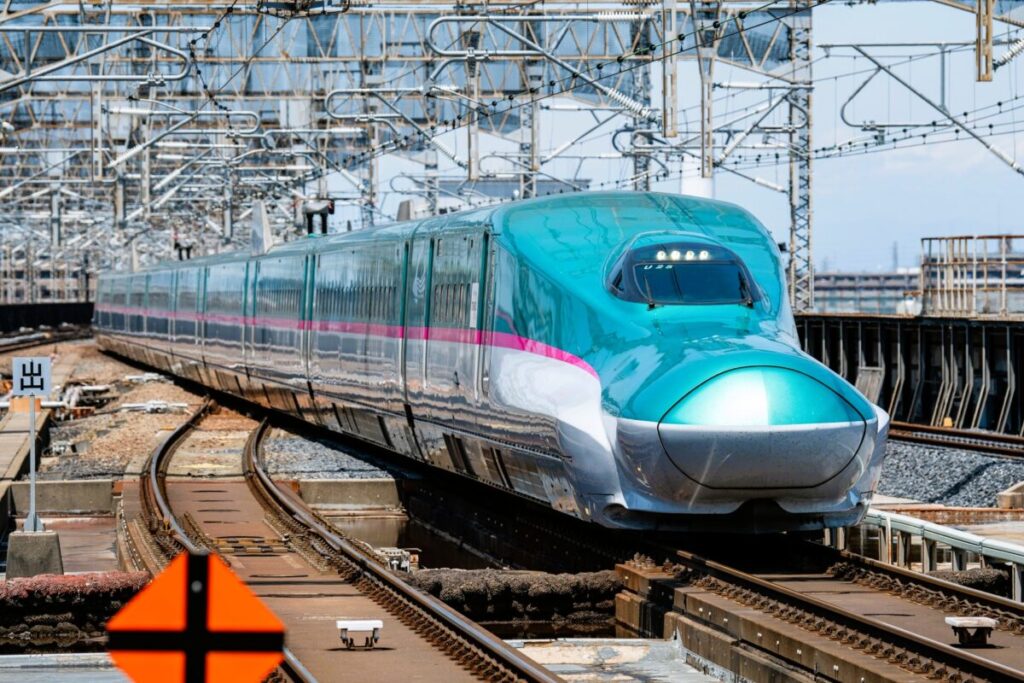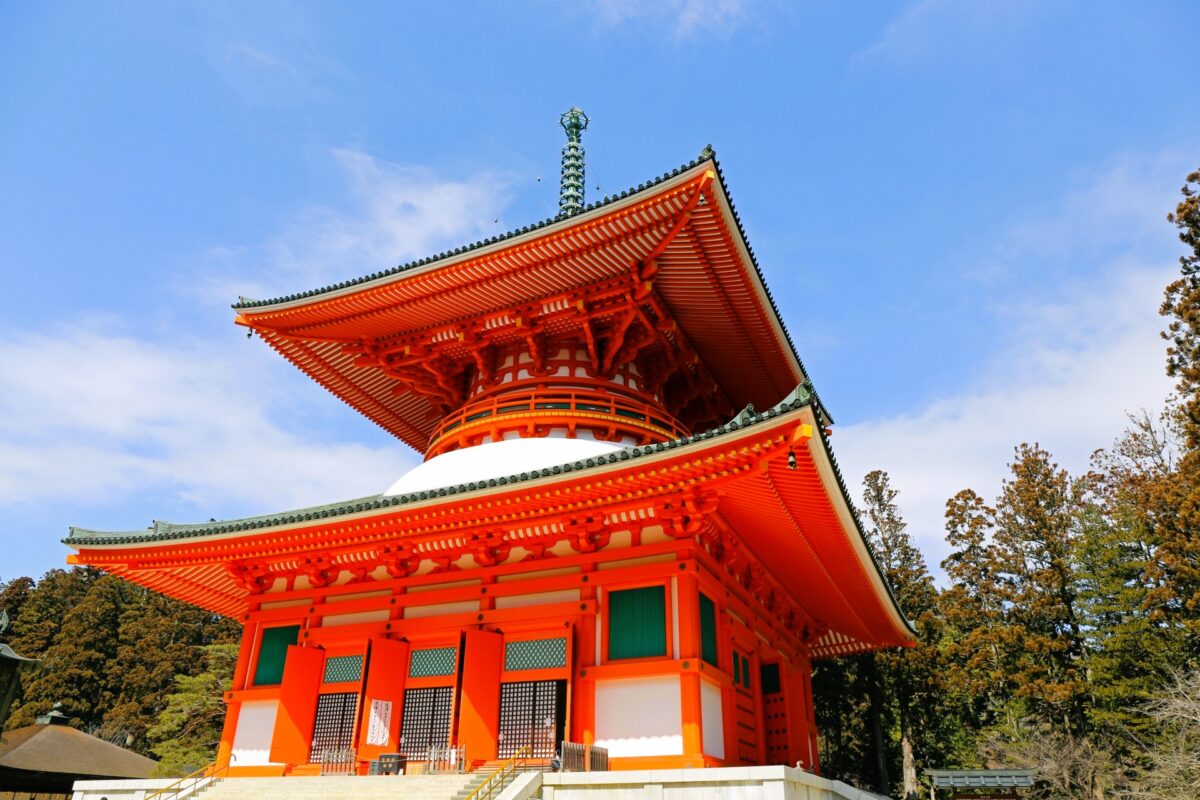Overview
If you want to get online immediately upon arriving in Japan, picking up a prepaid SIM card right at the airport is one of the most convenient methods. In 2025, most major Japanese airports — including Narita, Haneda, Kansai, Chubu, and Fukuoka — provide physical SIM cards through vending machines, or counters staffed by major telecom operators. These SIMs are typically data-only, require no long-term contract, and can be activated within minutes.
This guide will walk you through where to pick up a SIM at the airport and the trade-offs between different pickup options. Whether you prefer a hassle-free machine or want support from a counter with English assistance, there’s an option to suit your needs.

Top Airport SIM Pickup Locations
Here’s a breakdown of the major international airports in Japan, the SIM vendors you can expect, and where you can pick up your SIM.
| Airport | SIM Vendors | Pickup Point | Notes |
|---|---|---|---|
| Narita (NRT) | SoftBank, AnyFone, JAL ABC, Telecom Square | Terminals 1 & 2 — vending machines, stores, counters | Vending machines accept credit cards; some plans capped data |
| Haneda (HND) | AnyFone, SoftBank, Docomo, TRE SIM | Terminal 3, also a vending machine in T1 basement | New SIM vending machine added in May 2025 on B1 of T1 |
| Kansai (KIX) | Telecom Square, SoftBank, NTT SIMs | Arrival Hall 1F counter + vending machines | Fewer machines in Terminal 2 than Terminal 1 |
| Chubu Centrair (NGO) | Local SIM vendors, tourist counters | 2F Arrivals | Limited stock; order online for pickup recommended |
| Fukuoka (FUK) | Telecom Square, local SIM brands | 1F Arrival Lobby | Data & Voice SIM available; English support at Telecom Square counter |
Pickup vs Delivery Comparison
When deciding how to get your SIM card, consider the trade-offs between airport pickup, hotel delivery, or ordering before departure.
| Option | Pros | Cons |
|---|---|---|
| Airport Pickup | Use SIM immediately on arrival; no need to wait for delivery; many vendors with English support | Possible waiting at counters; limited plans in machines; higher airport pricing |
| Hotel Delivery | Convenient — SIM waiting in your room; pre-activated or ready to configure | Requires planning; may incur a small delivery fee; cannot use SIM in transit from airport |
| Overseas Pre-Order | Very wide choice; sometimes cheaper; choose eSIM or physical SIM | Shipping cost; risk of loss or delays; need to carry SIM through customs or travel |
Pro Tip: Reserve your SIM online through trusted sellers (like JRPass.com, Japan Experience, or telecom providers) for guaranteed airport pickup with English instructions, especially at busy hubs.

How to Activate an Airport SIM Card
- Buy the SIM after landing — either from a vending machine, or a staffed counter.
- Insert the SIM into your unlocked phone.
- Restart your device to allow it to detect the new carrier.
- Configure APN settings — many SIM packages include easy instructions in English.
- Test your connection by opening a browser or maps app.
- For some SIMs, top-up options are available via a website or app if you purchased a longer-term plan.
Most users report that setup takes less than 10 minutes, and customer service in English is available for many major SIM brands.
Common Airport SIM Card Brands & Features
- AnyFone JAPAN: Often in vending machines (e.g., at Haneda T1) with a variety of plans from 3 GB to unlimited.
- Telecom Square / Wi-Ho! Data & Voice SIM: Provides data + voice via national carriers; counters at major airports like Narita, Haneda, Kansai, and Fukuoka.
- TRE SIM: Sold at JAL ABC counters (Narita, Kansai, etc.), especially for shorter stays.
- Keikyu Travel SIM: Available in Haneda Airport vending machines with 30-day, multi-GB plans.

Tips for Choosing the Right Airport SIM
- Estimate your data use
- If you’ll mainly use maps and messaging: a 3–6 GB plan might suffice.
- If you’ll stream, upload videos, or use navigation often: consider unlimited or high-cap plans.
- Check your arrival time
- Airport SIM counters may close late; vending machines can be more reliable for late-night arrivals.
- At Haneda, for example, a new SIM vending machine opened in 2025 at T1 that operates 5:00–24:00.
- Bring your passport
- Some places may ask for ID to issue a SIM.
- Note: Data-only SIMs typically do not require long-term registration like voice SIMs do.
- Have cash or card ready
- Many machines accept credit cards or electronic payment.
- Always double-check denominations for exchange rates.
- Reserve in advance when possible
- Even for airport pickup, ordering online can guarantee availability and smoother activation.
Pros and Cons of Airport SIM Pickup
Pros:
- Instant connectivity — no need to search town for a SIM
- Wide variety: you can compare prices and data plans from major carriers
- Easy activation: most SIMs only need a restart and APN setup
- Flexible: good for travelers who don’t want to juggle hotel deliveries
Cons:
- Higher prices: airport SIMs tend to be more expensive than local stores
- Limited stock: vending machines might run out of certain plans
- Waiting: counters may have lines, especially after busy international flights
- Data-only limitations: most tourist SIMs don’t include voice
Final Thoughts
Grabbing a prepaid SIM card at a Japanese airport remains one of the simplest ways to get connected right away. With the wide availability of vending machines and plans ranging from a few gigabytes to unlimited, there’s something for every traveler.
Ordering online for airport pickup (via JRPass.com, Airalo, or similar) is often the best way to guarantee that you’ll get exactly the SIM you want. But if it’s too late to preorder, airport counters still offer solid options — especially for English speakers and short-term stays.
By choosing the right SIM plan and setup method, you’ll finish immigration and be online in minutes — ready to navigate Japan, call a taxi, or book your first Shinkansen seat. Stay connected, travel smoothly, and make the most of your time in Japan.



